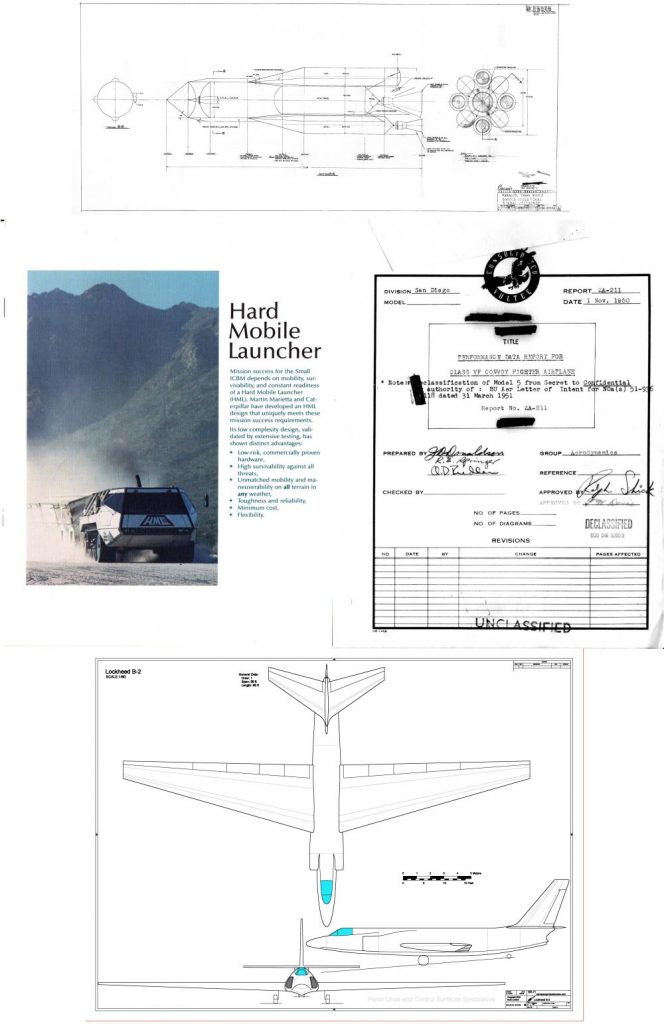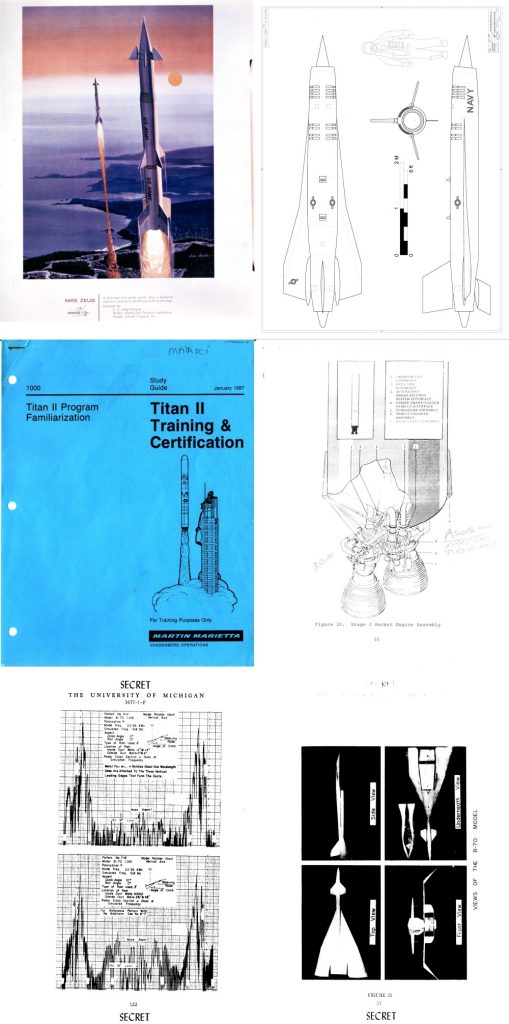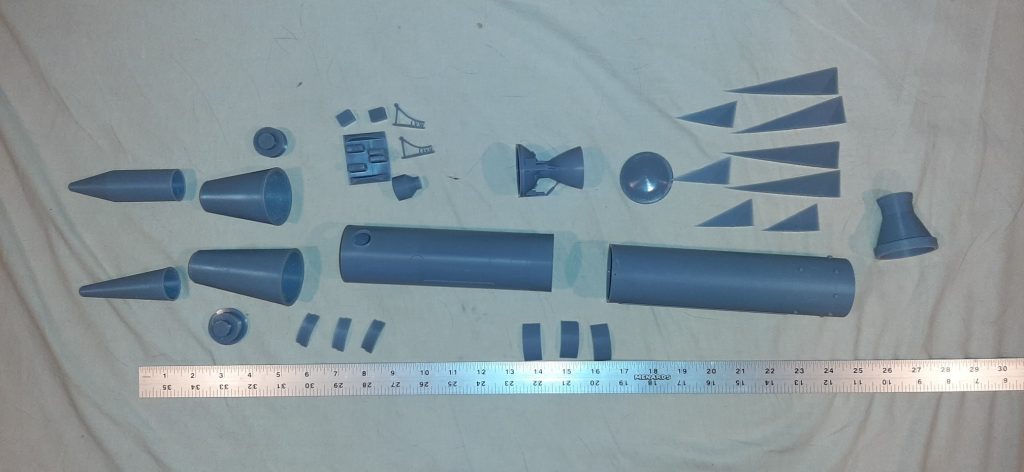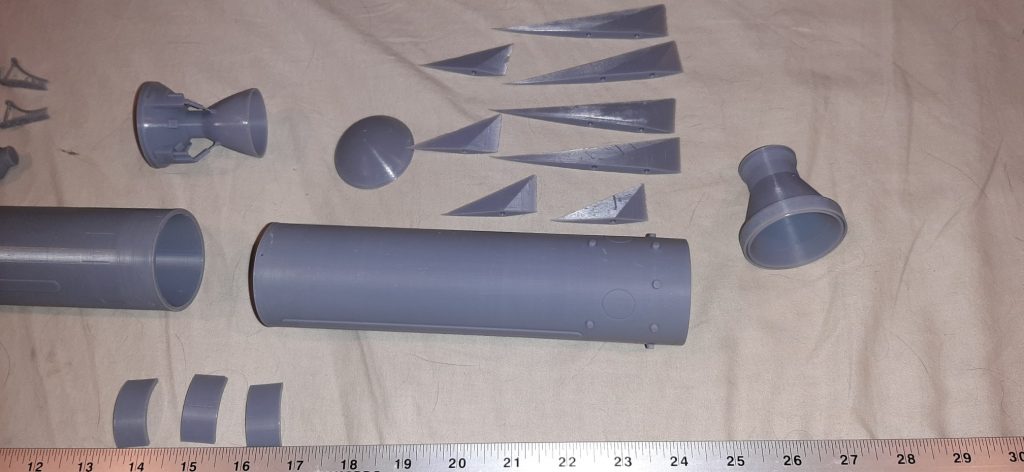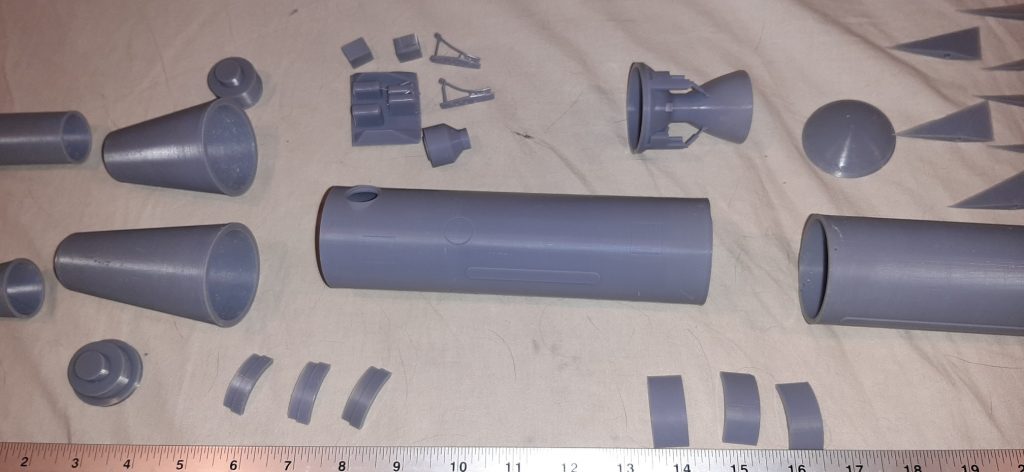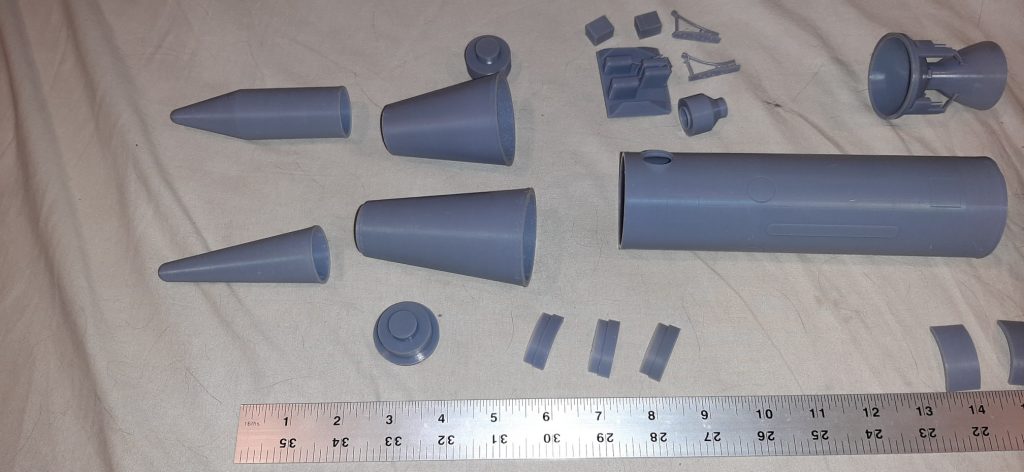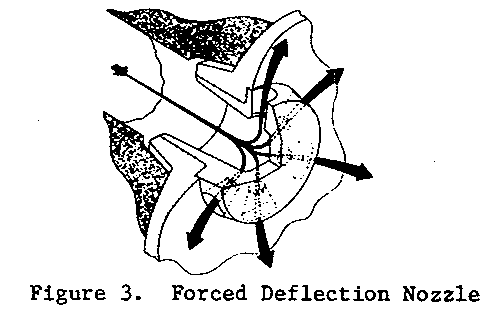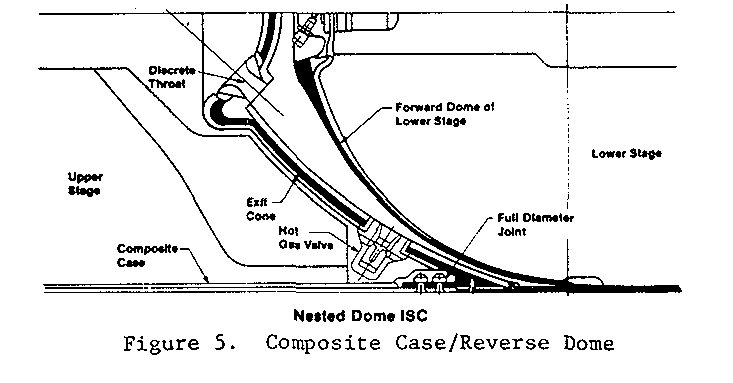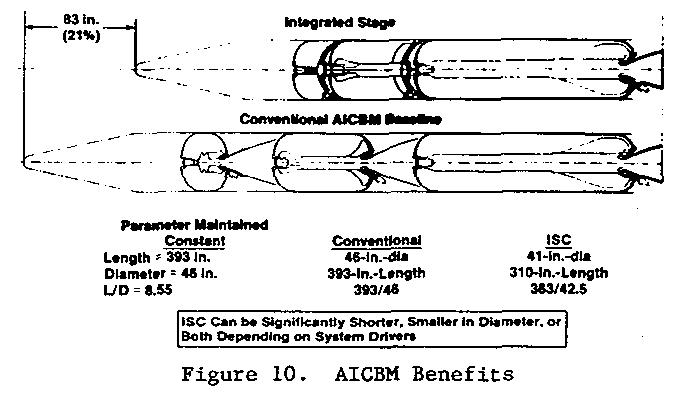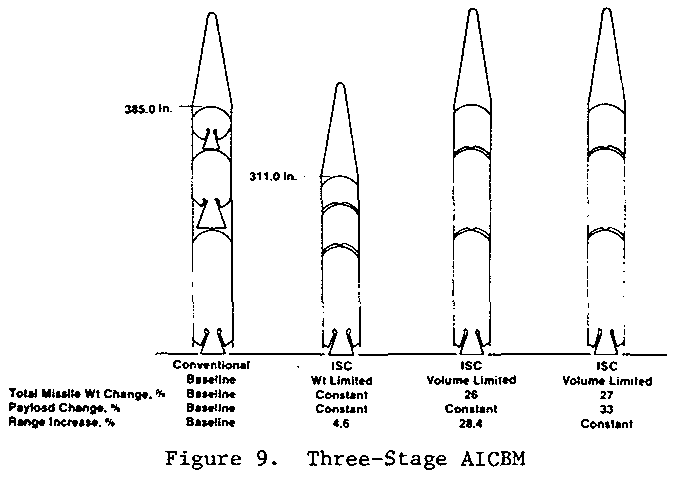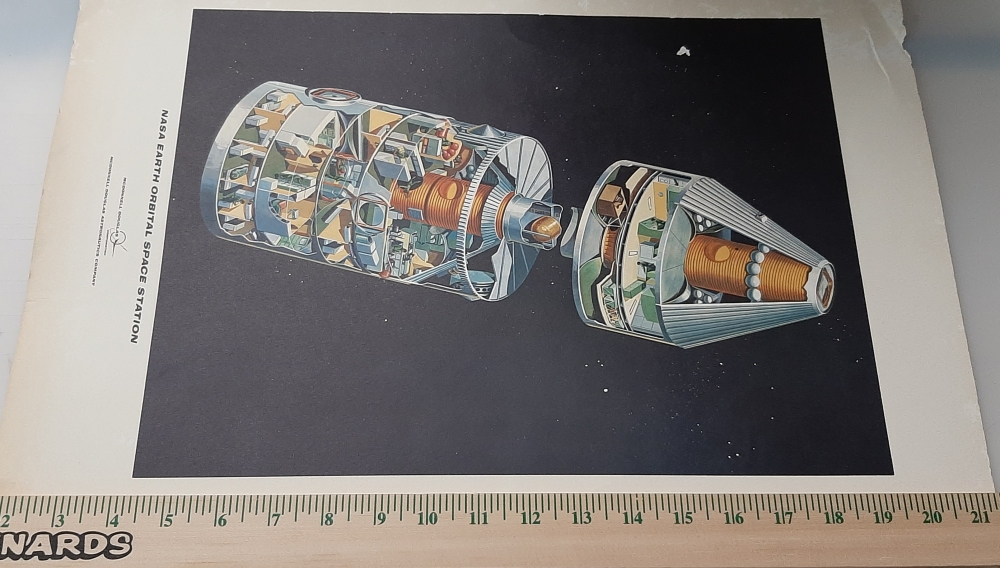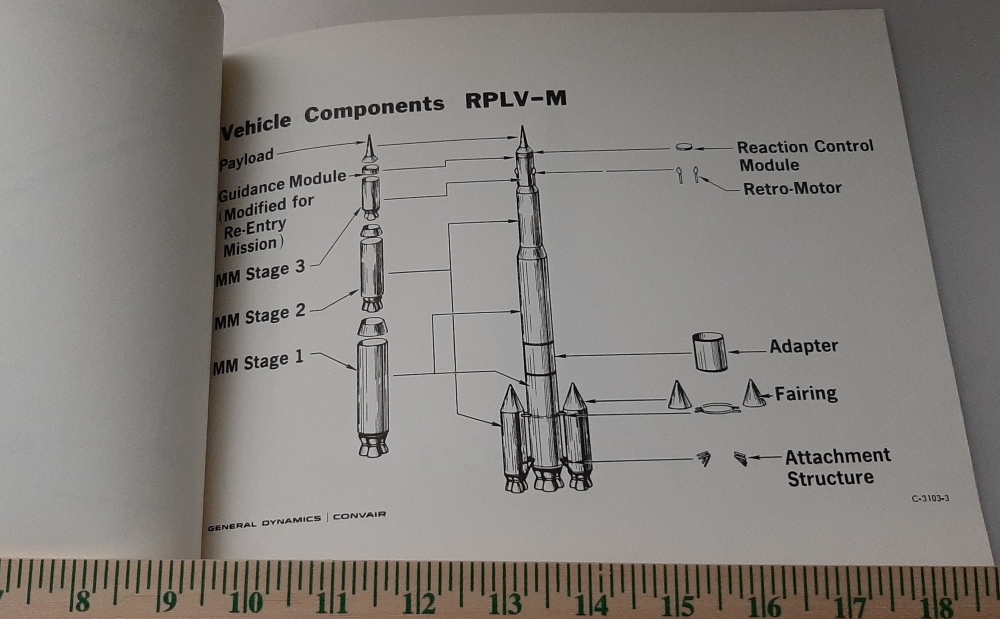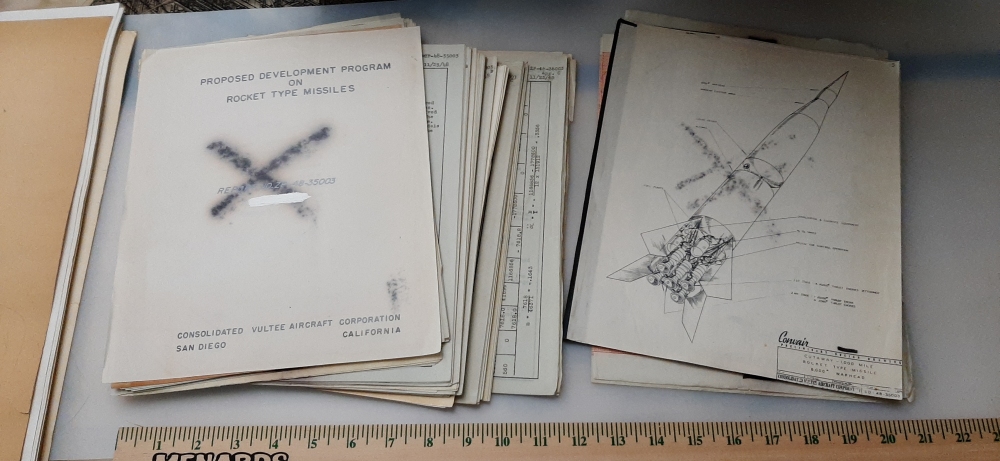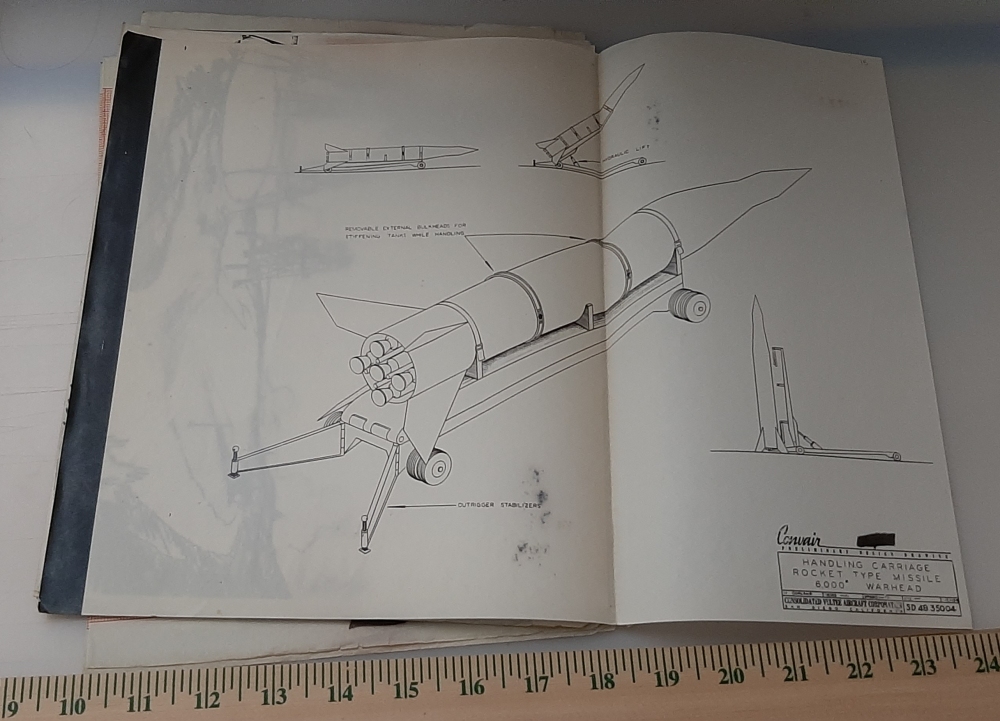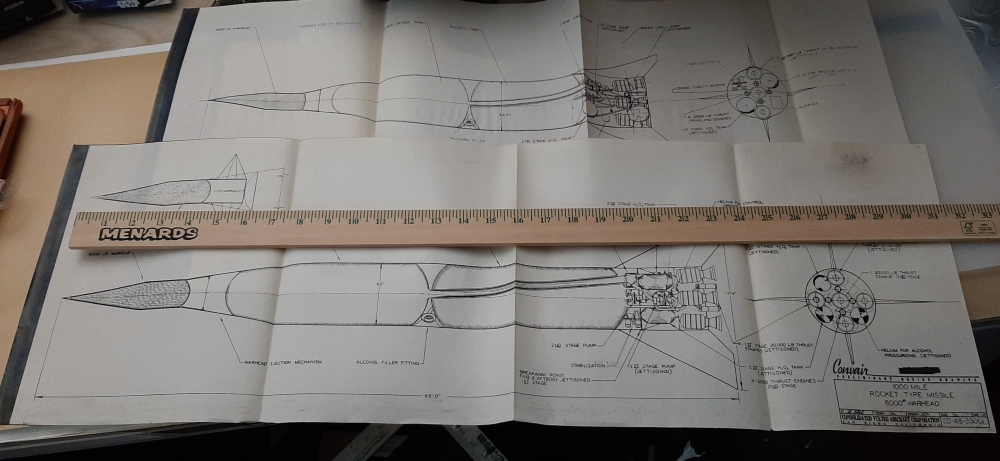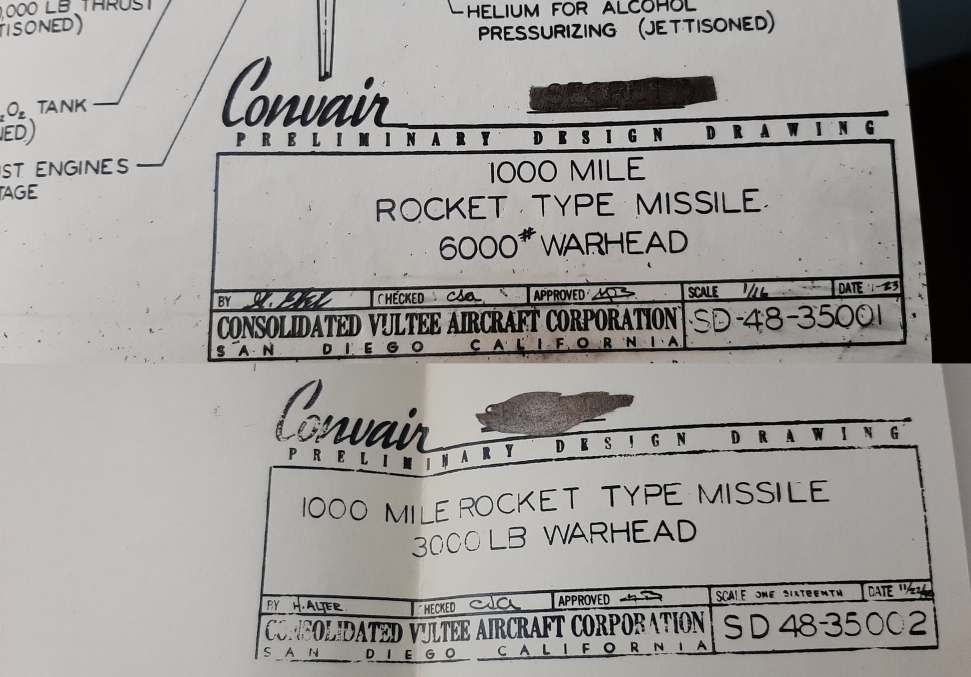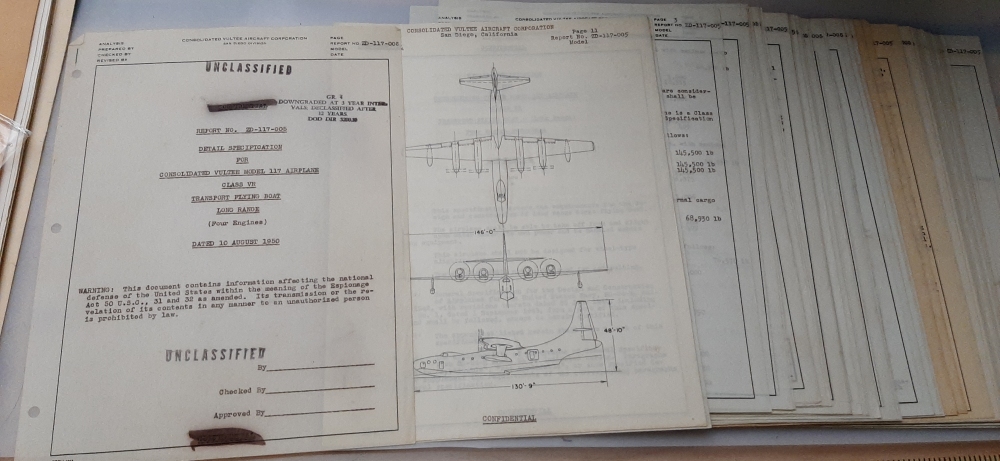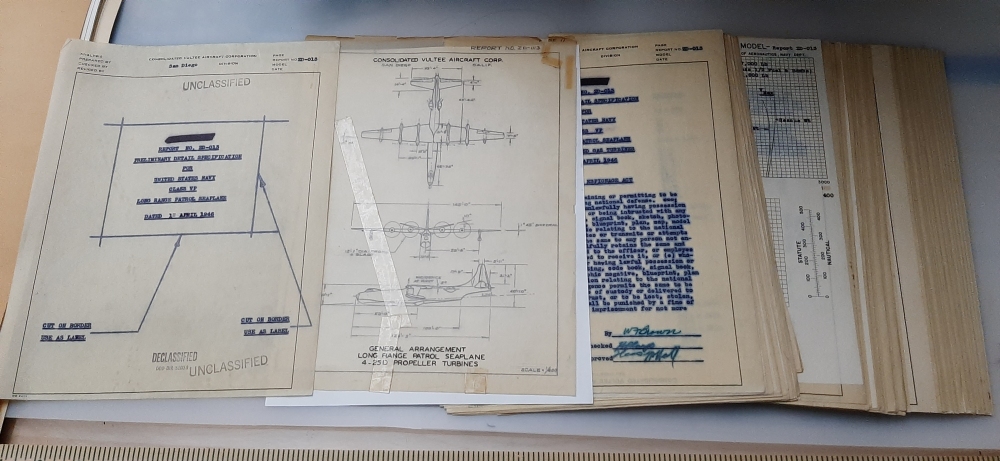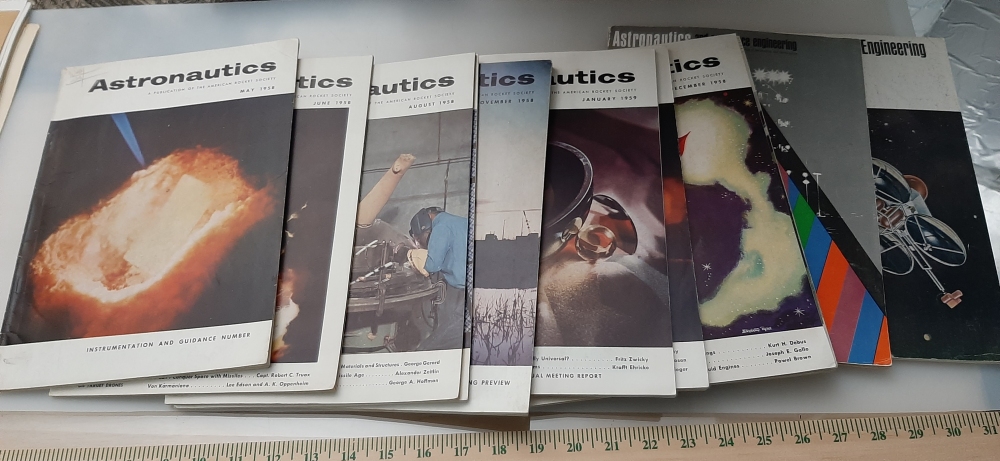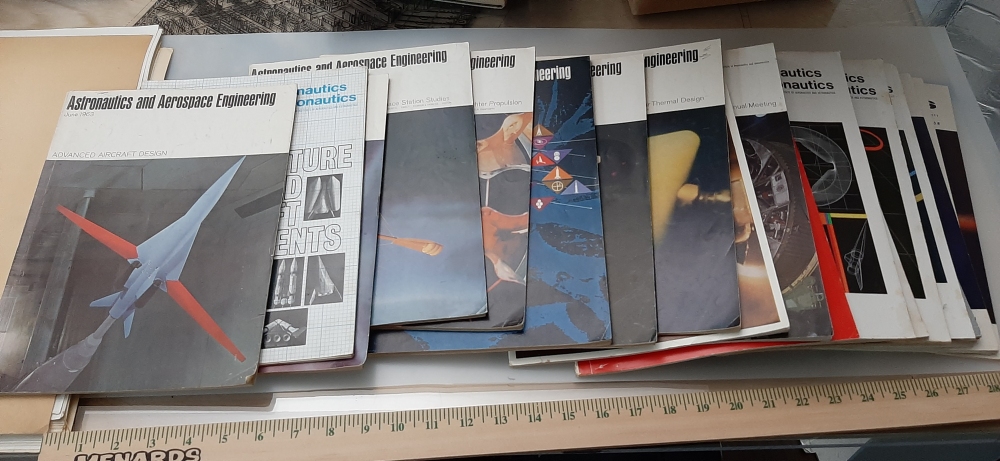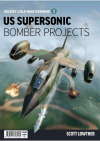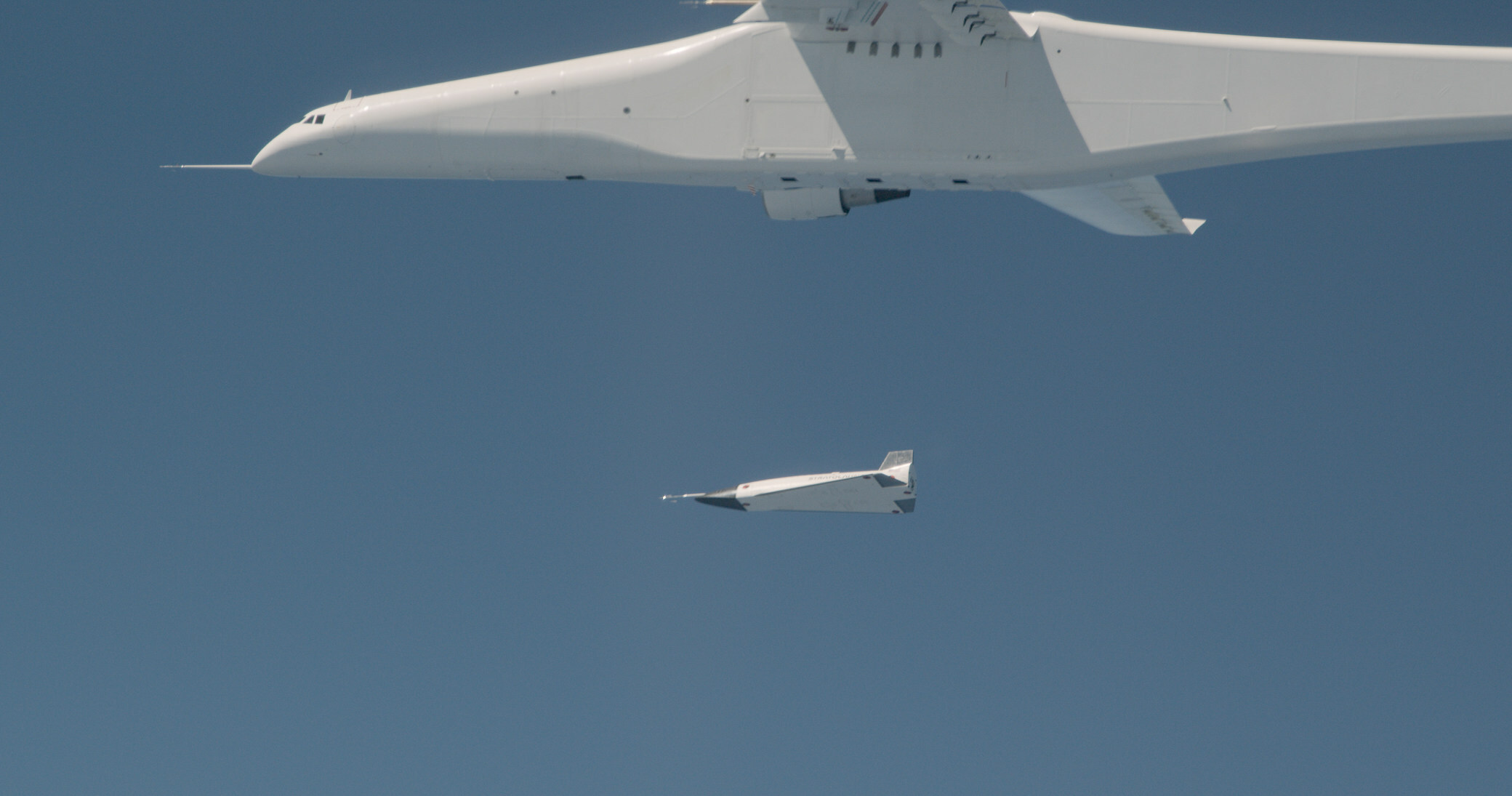Rewards for April, 2025 have been released. These include:
Document: “Performance Data Report for Class VF Convoy Fighter Airplane,” Convair report from 1950. 100 pages of data (no diagrams) on what would become the XFY-1 “Pogo.”
Document: “Hard Mobile Launcher” Martin Marietta brochure on the Midgetman launcher, with some bonus Martin Marietta HML info and art
Diagram: “Parallel Tanks Missile,” Convair diagram 7-26-54, apparently an alternate design for Atlas, much more like Soviet R-7 family. Reduced to 75% of original scanned size, which is immense and system-crashing.
CAD diagram: Lockheed B-2, a stealthier proposed follow-on to the U-2.
Subscribers/Patrons for the APR Monthly Historical Documents Program not only receive a monthly collection of aerospace goodies such as these, but can also pick up back issues all the way to 2014.
aerospaceprojectsreview.com/monthly.htm
